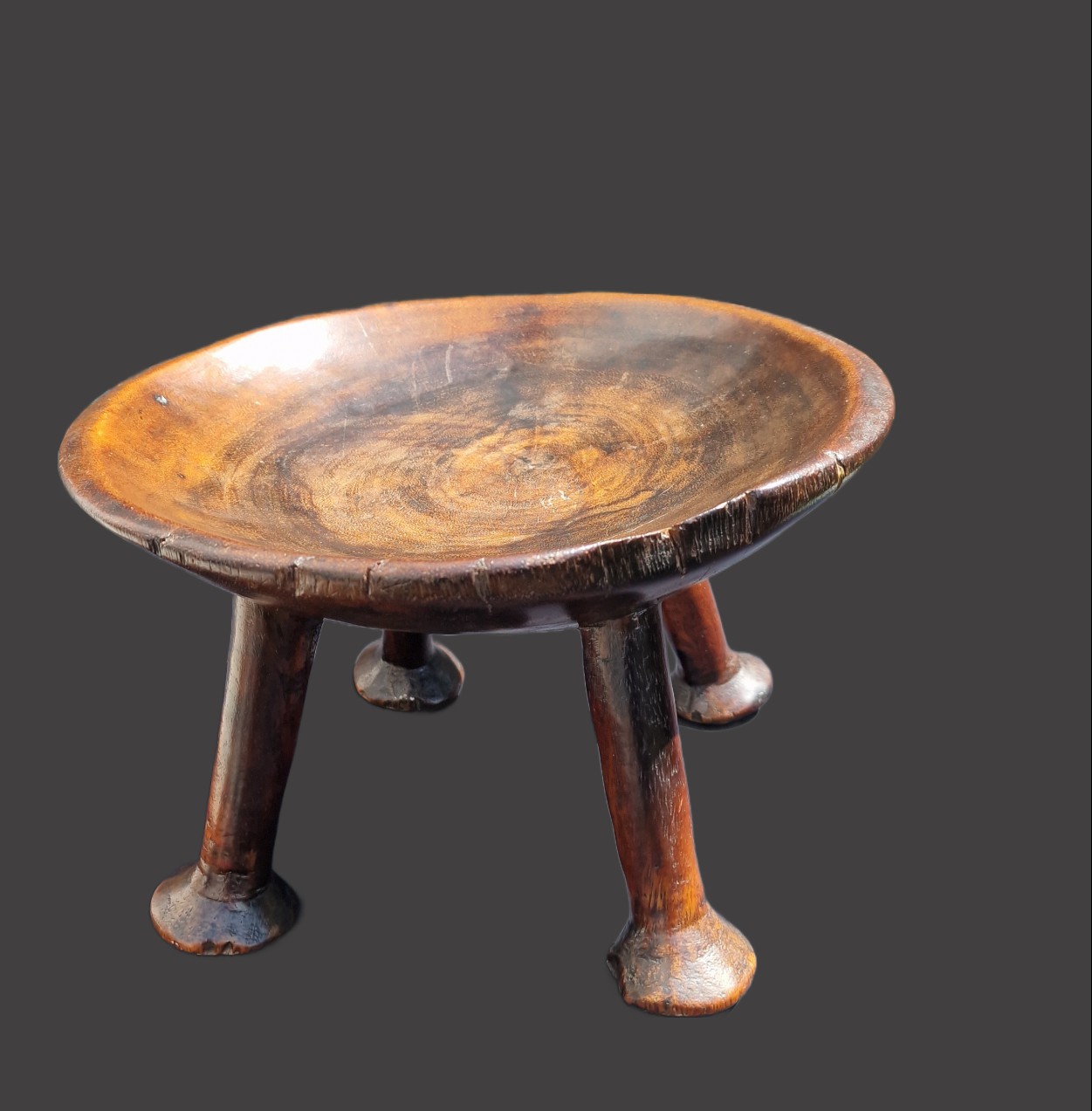
African Culture•
Sep 24, 2025
•OkelloOregeArt.
Kom Nyaluo: The Timeless Elegance of the Traditional Luo Stool
The Luo Stool, a traditional stool originating from the Luo community of Kenya, is far more than a utilitarian seat. It embodies heritage, craftsmanship, and evolving cultural identity. Characterized by its three-legged structure, concave surface, and elegantly curved supports, the stool originally stood at approximately 30cm, perfectly suited to the stature and lifestyle of rural dwellers.
